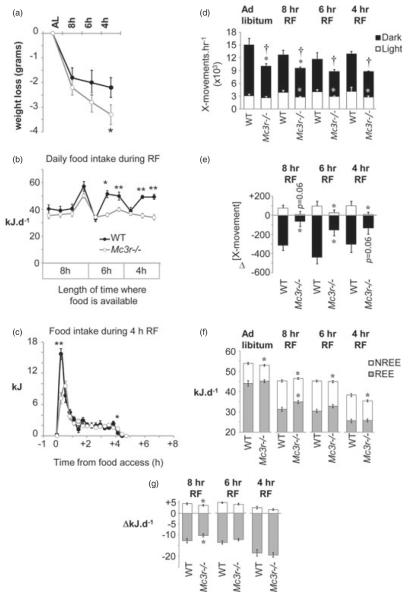Figure 3. Impact of RF on body weight, food intake, locomotor activity and EE.
(a) Weight loss associated with RF was similar between genotype when food access was limited to 8 h, but was significantly greater in Mc3r−/− mice relative to WT controls with shorter periods of food access. *P < 0.05 vs. WT. (b) Twenty-four-hour food intake during 8, 6 or 4 h of RF. Mc3r−/− mice removed significantly less food from the container when food access was limited to 6 or 4h of RF. *P < 0.05, **P < 0.01 vs. WT. (c) Food intake during 4-h RF shown as 18-min bins; each bin is an average of 2 days of recordings. Mc3r−/− mice consumed fewer kilojoules during the first 36 min of food access, with normal intake thereafter. (d) Mc3r−/− mice displayed a significant reduction in 24-h activity in the dark period, irrespective of the timing of food access (†P < 0.05). This was primarily due to a significantly lower level of activity during the dark period, although a reduction in activity during lights-on was also observed during RF (*P < 0.05 when comparing activity between genotype within dark or light period). (e) Net change in locomotor activity in the dark and lights-on periods during RF. The modest increase in activity during the light period observed in WT was attenuated in Mc3r−/− mice (*P < 0.05). A decline in activity during the dark period was also significantly attenuated in Mc3r−/− mice (*P < 0.05). (f) Analysis of REE and NREE. NREE was lower in Mc3r−/− mice, irrespective of feeding conditions (*P < 0.05). REE in ad libitum conditions was not significantly affected by genotype; however, during RF REE was higher in Mc3r−/− mice when food access was limited to 8 h (*P < 0.05). (g) Net change in NREE and REE during RF. The impact of RF on total EE was due to reduced REE, with NREE appearing to be increased. The impact of restricting food access to 8 h on NREE and REE was significantly attenuated in Mc3r−/− mice (*P < 0.05).

